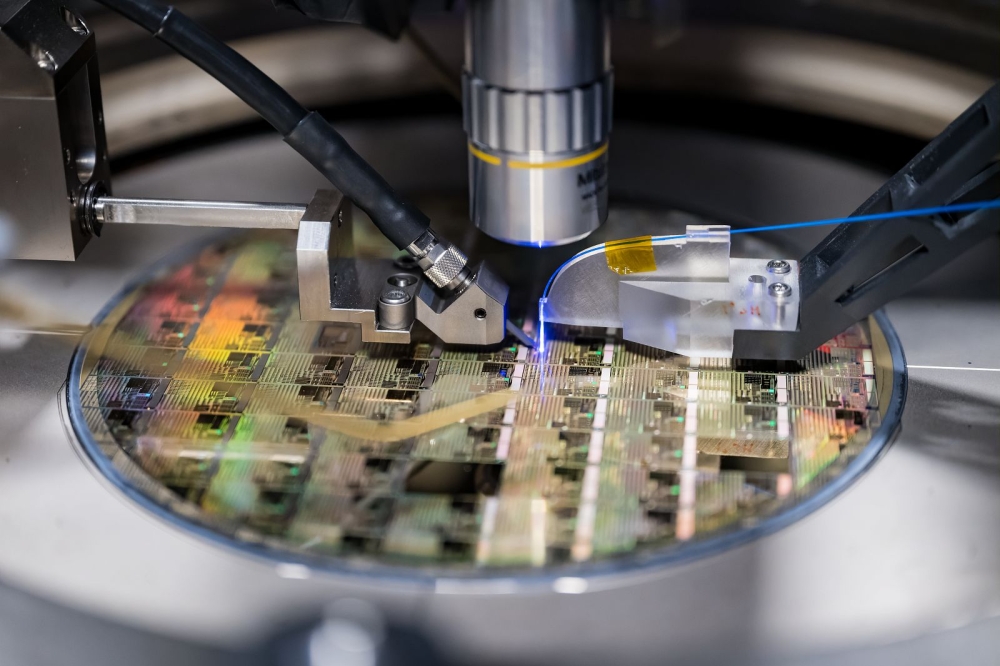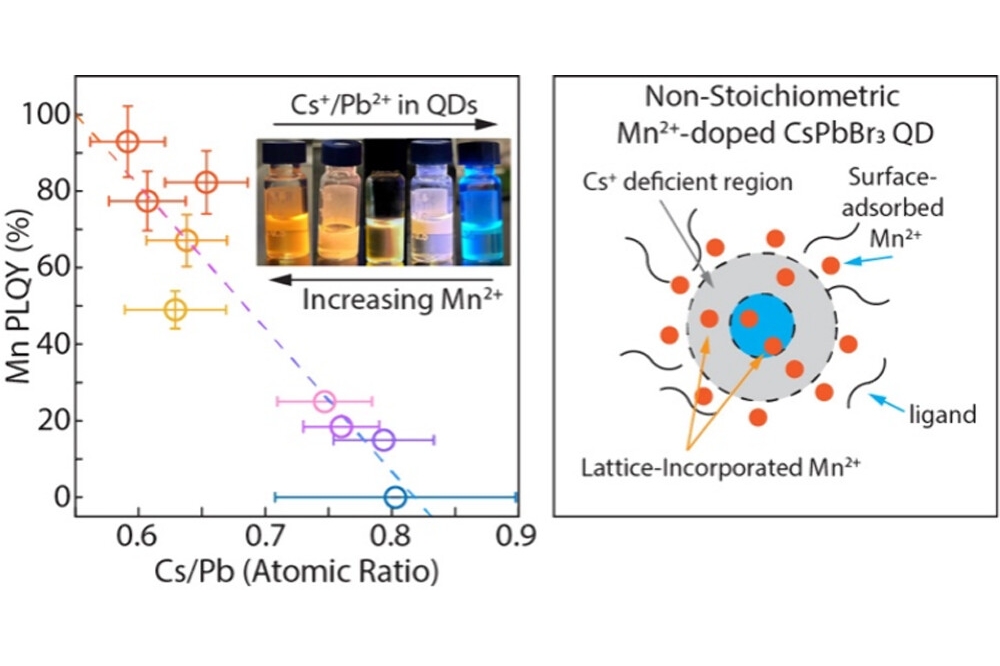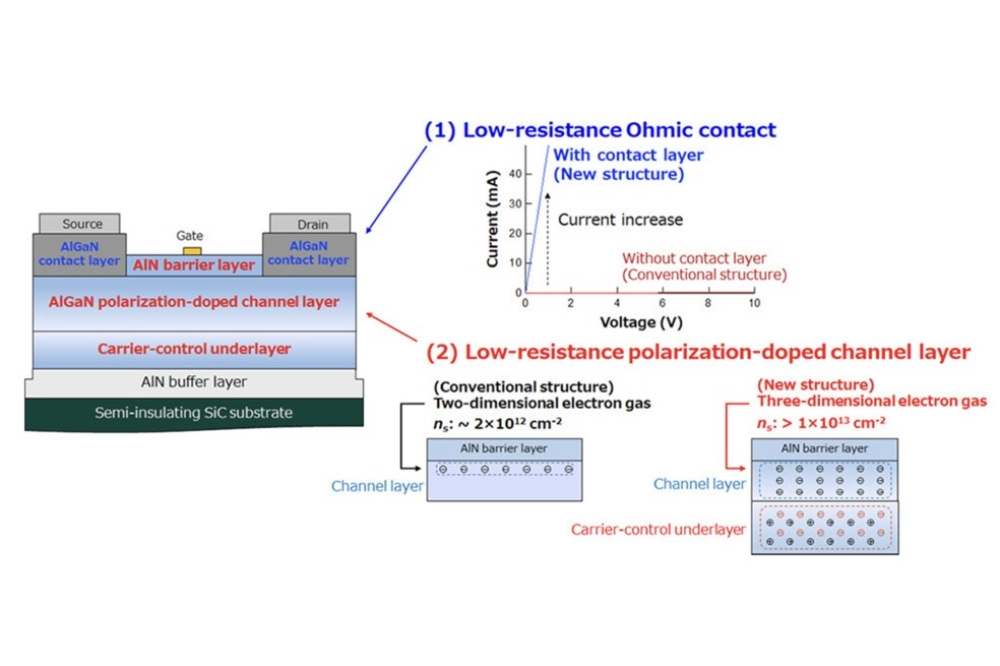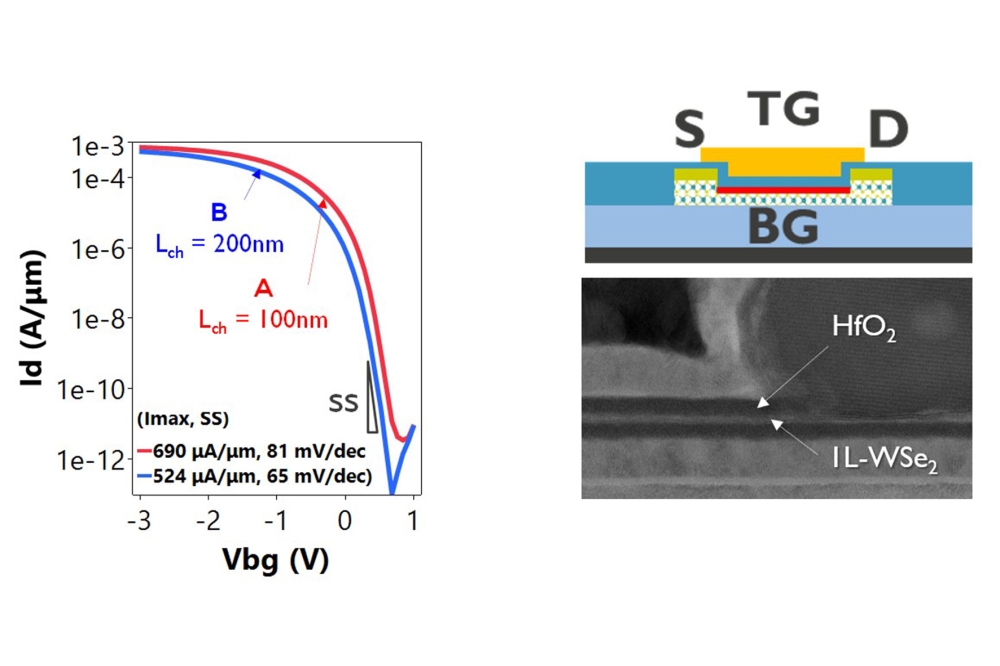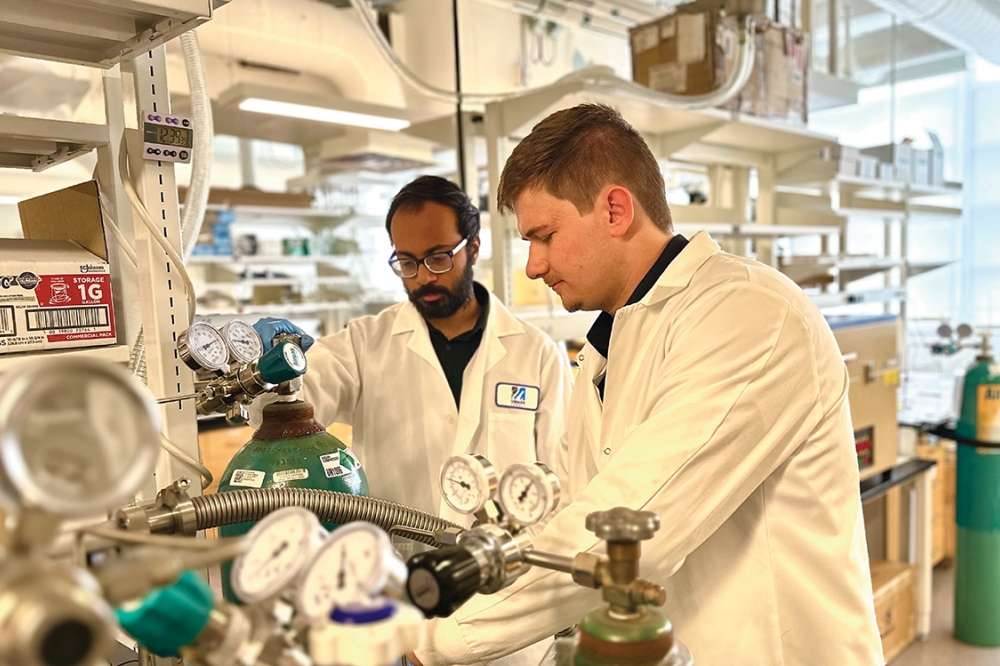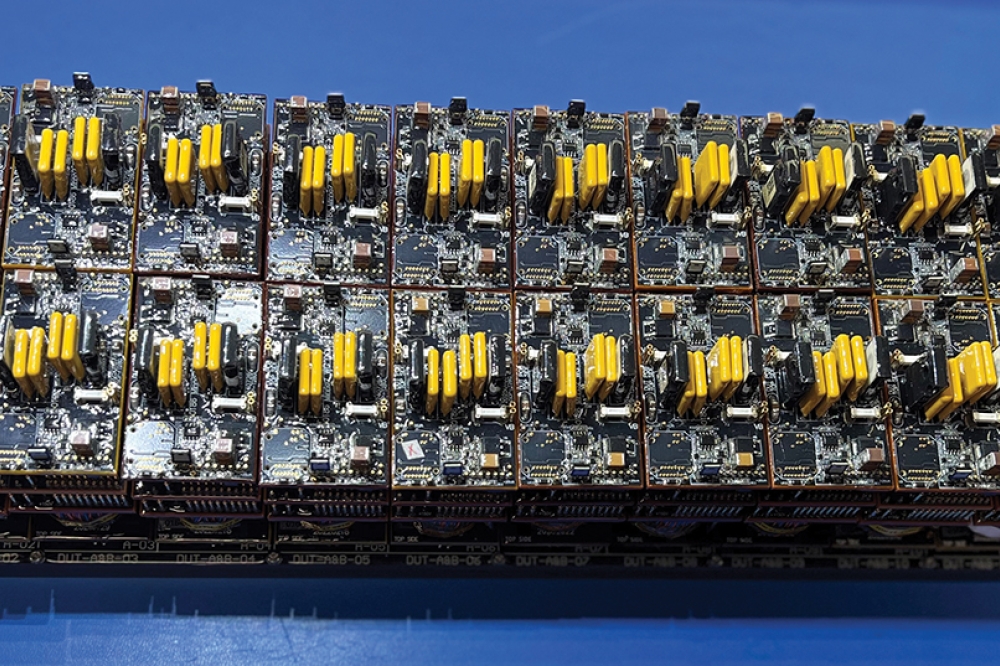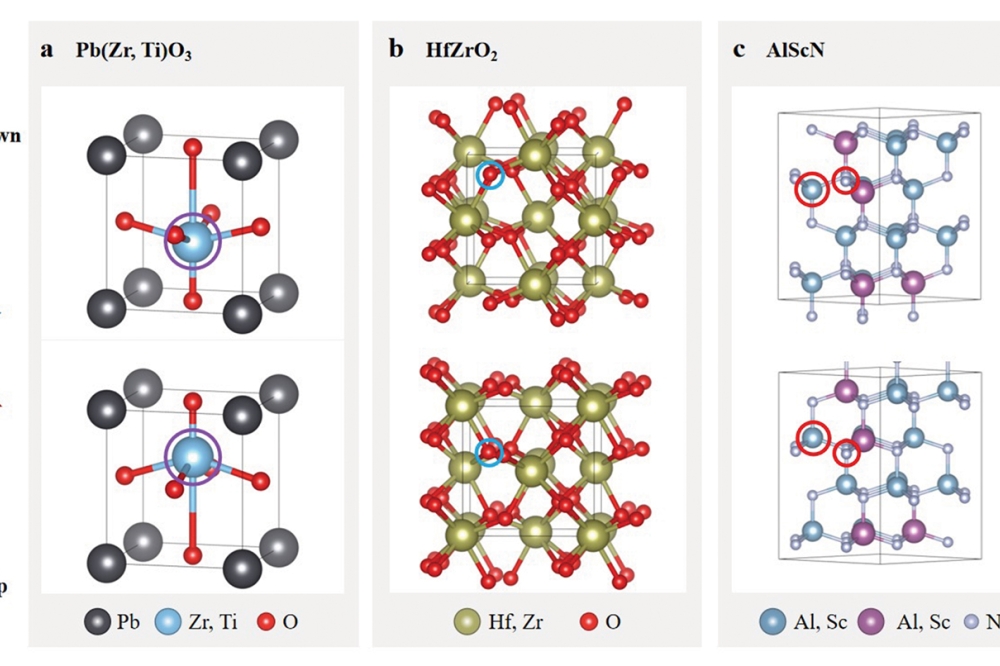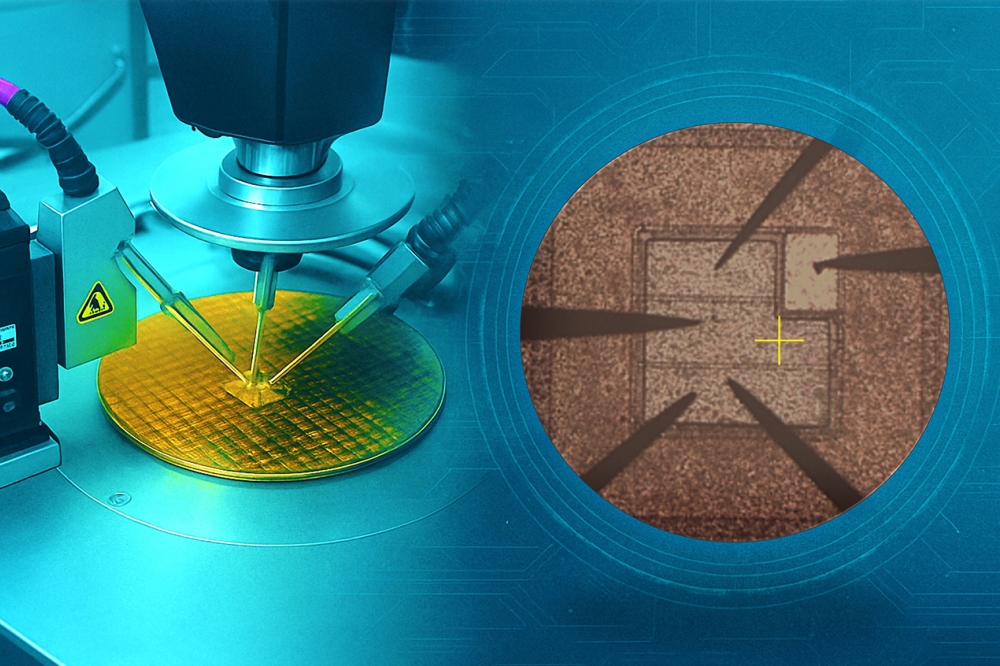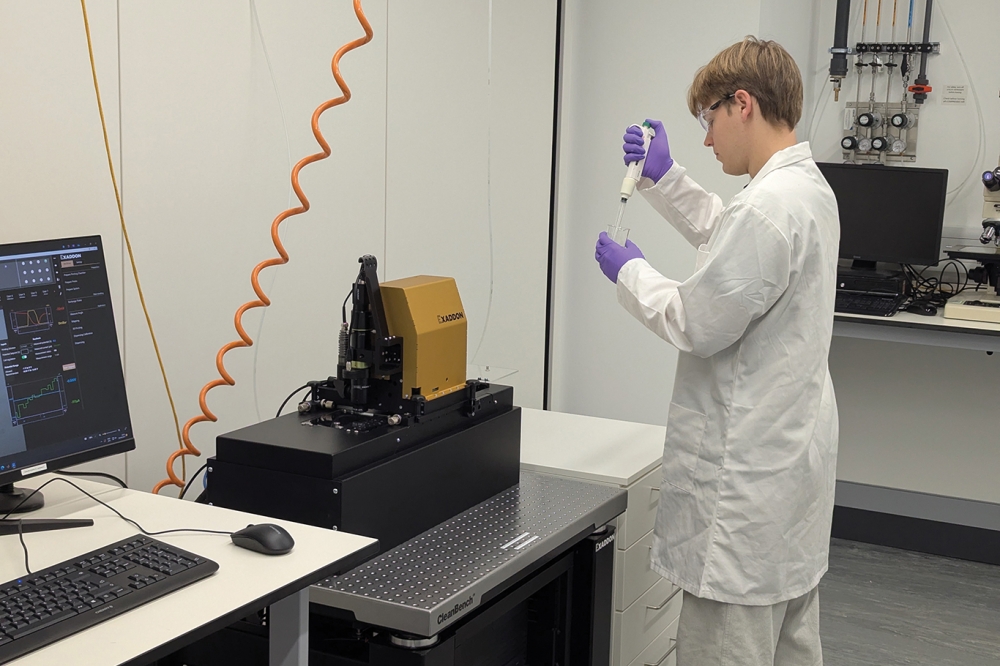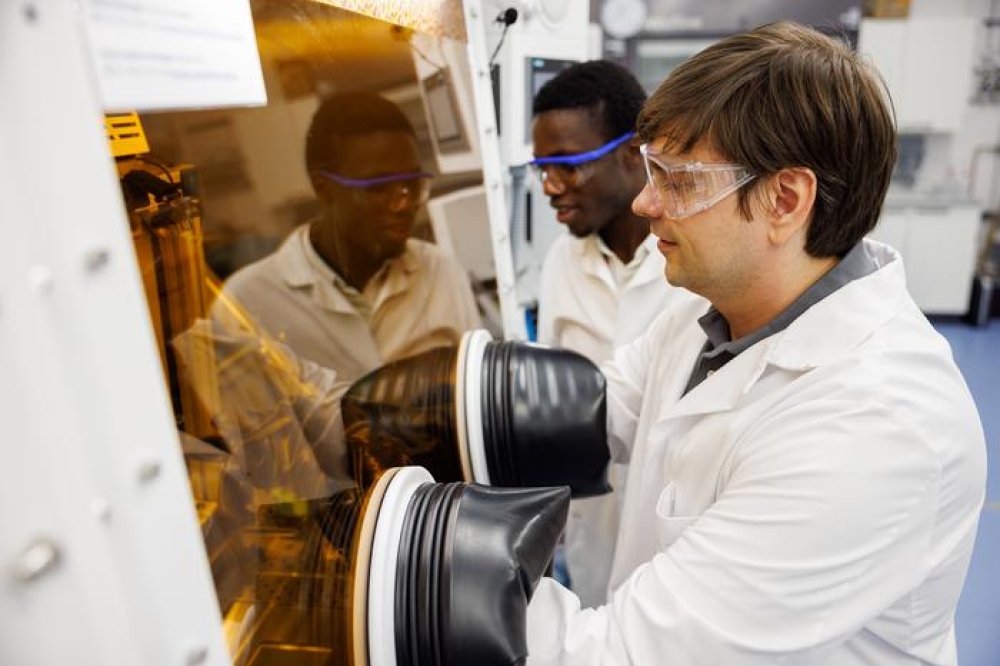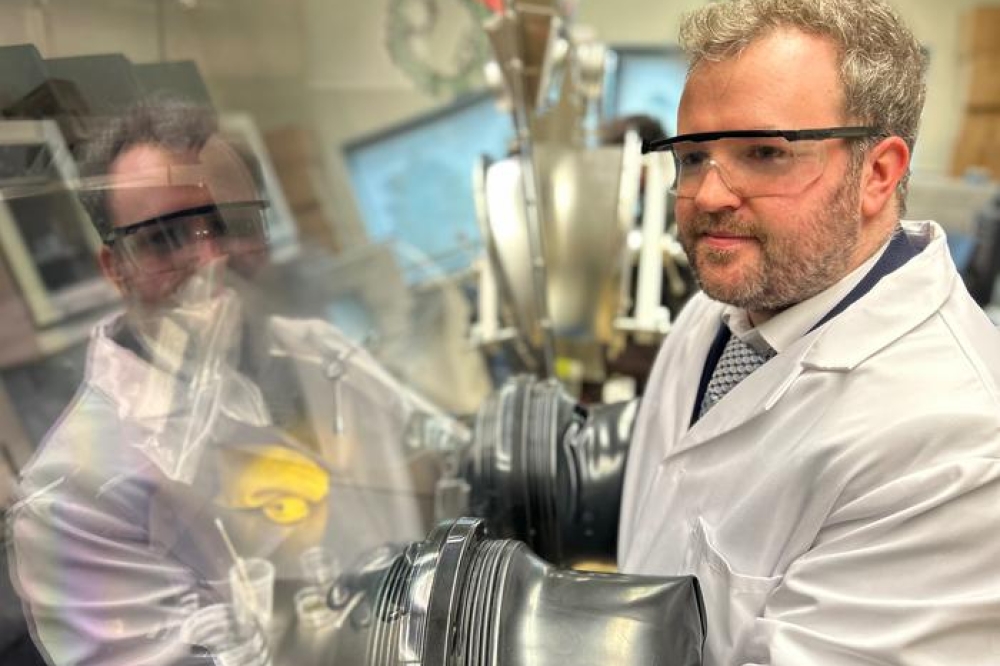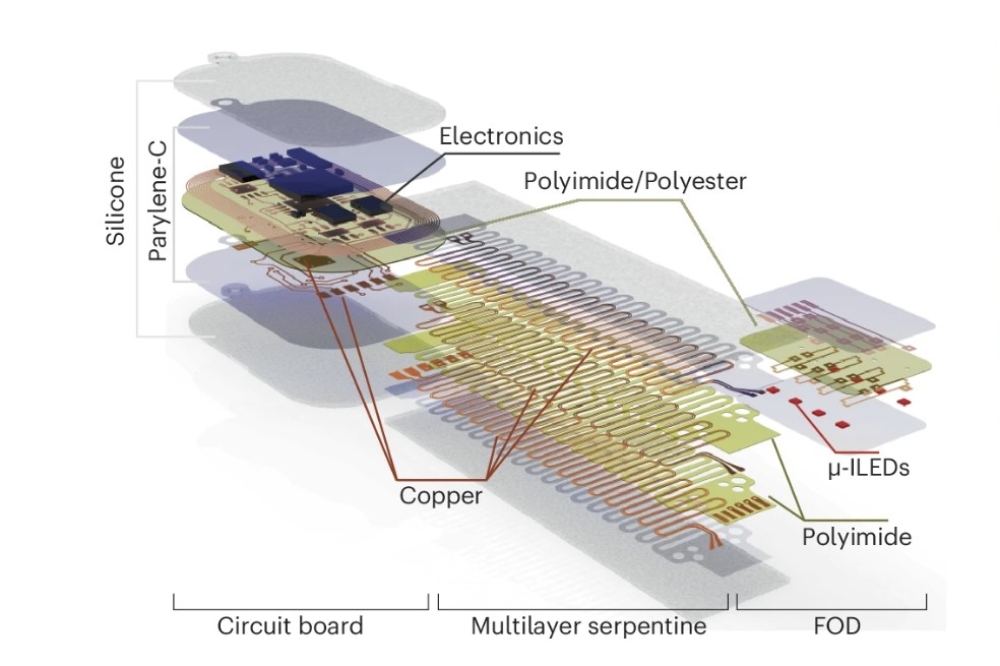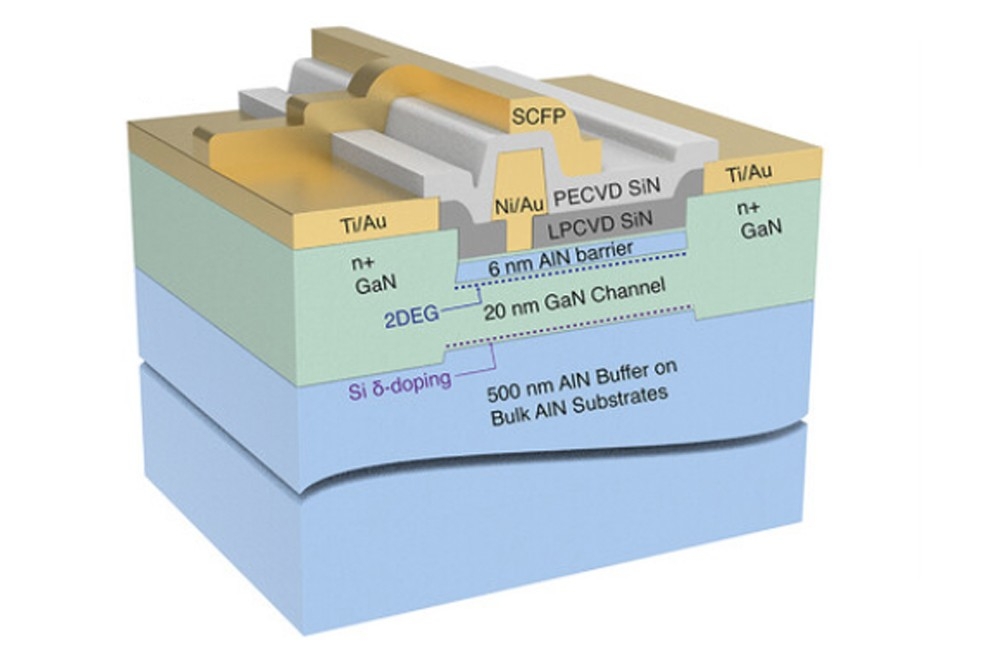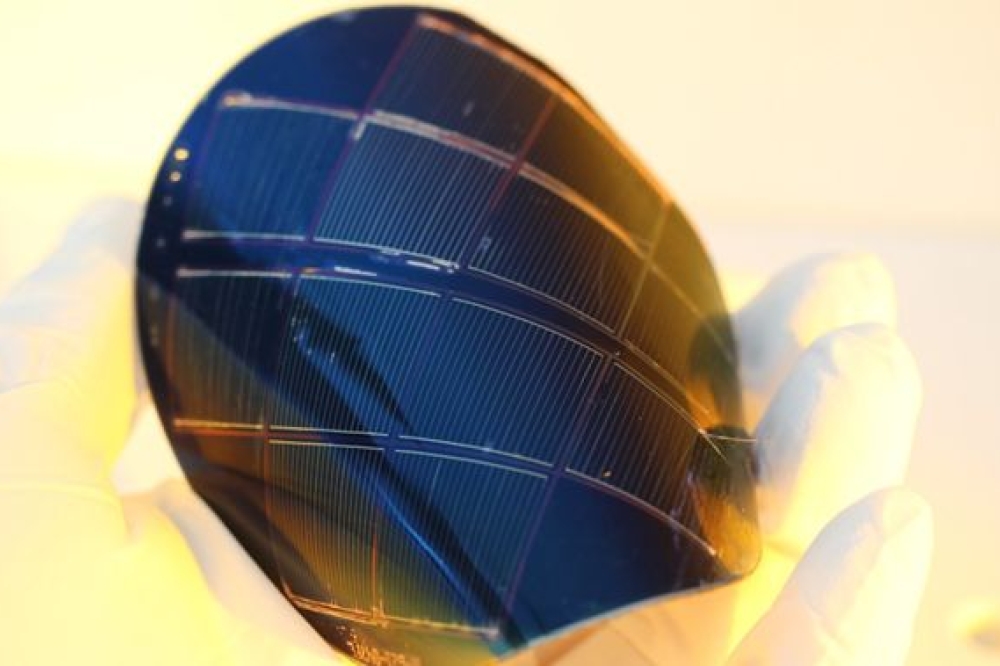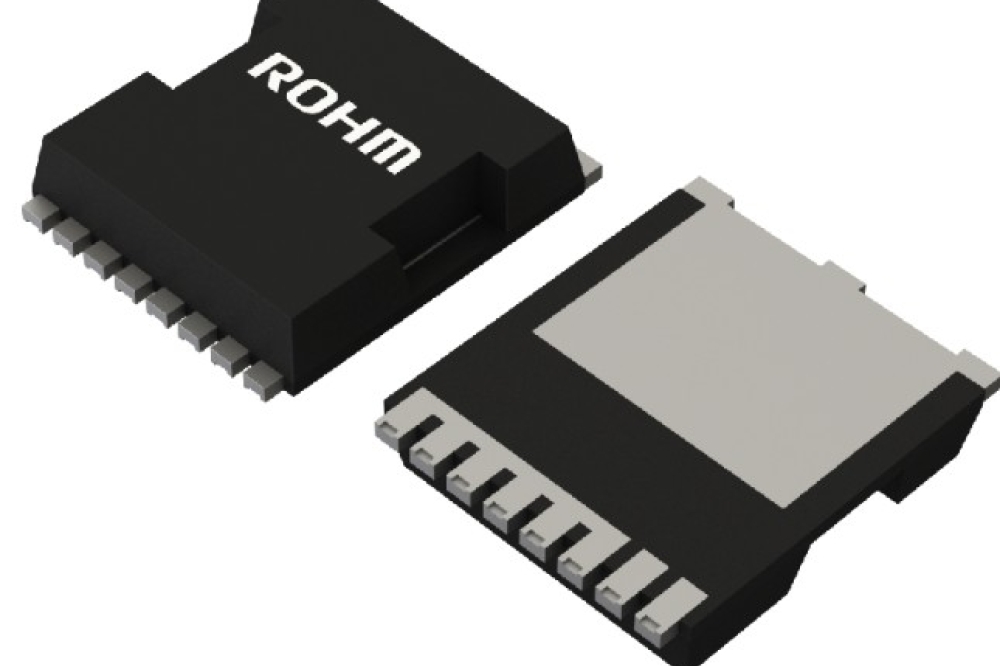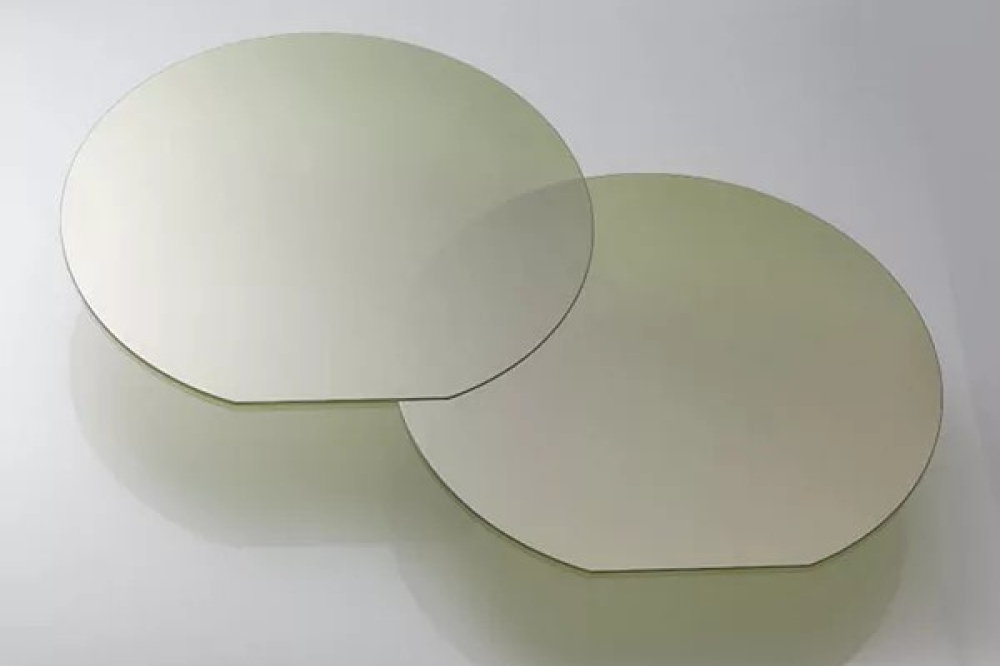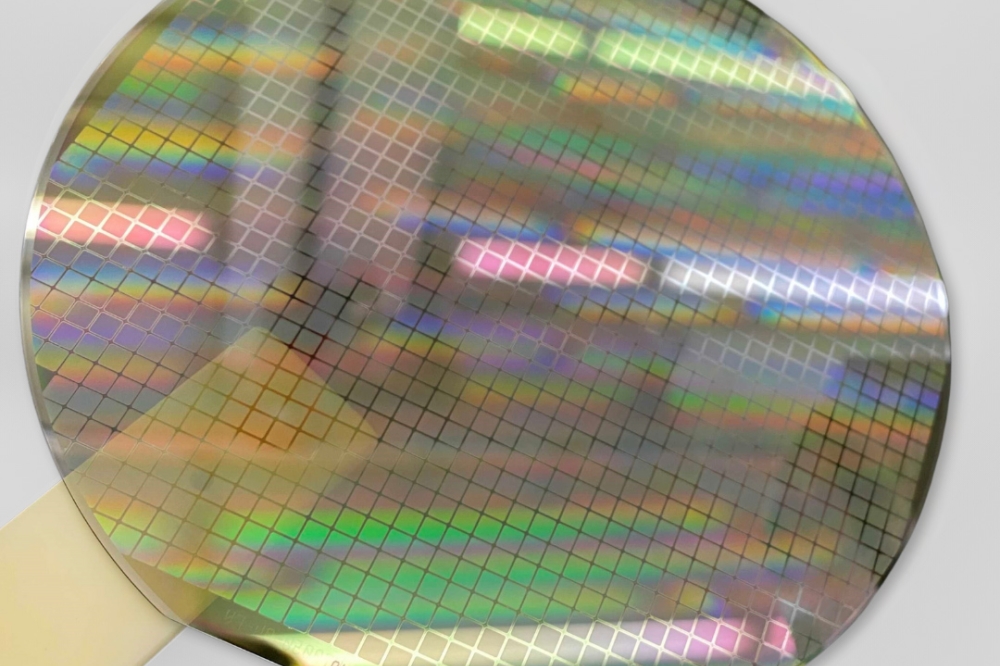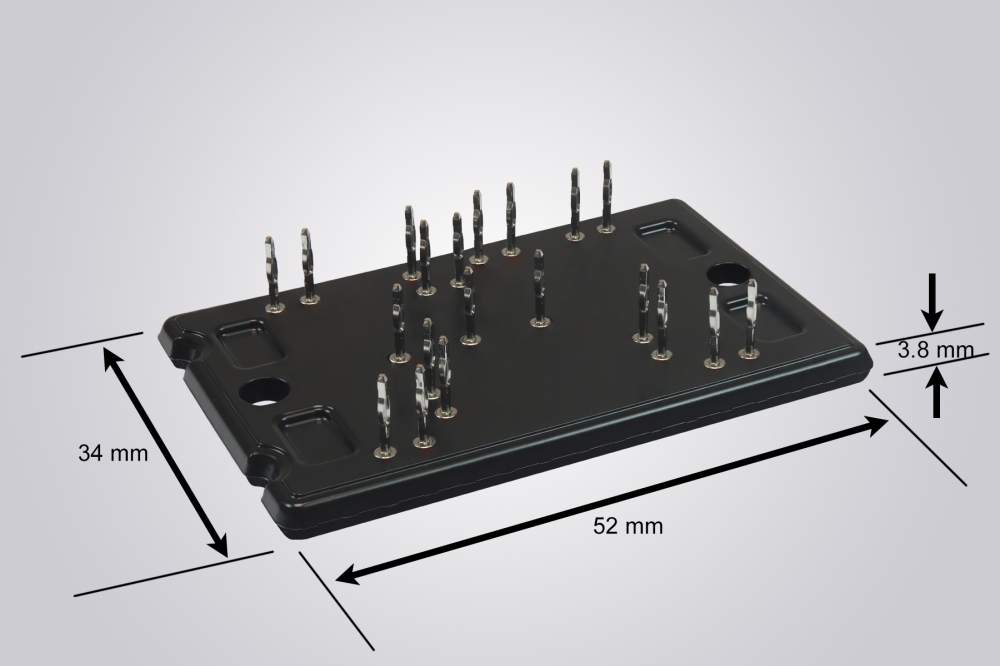Coating stops QDs blinking and fading

Colloidal quantum dot light sources can flicker like stars and fade like dying flashlights. Now research from the University of Oklahoma shows that adding a crystalised covering to perovskite QDs can make them more reliable.
The work 'Towards non-blinking and photostable perovskite quantum dots' was published in Nature Communications.
“In quantum computing, you must be able to control how many photons are emitted at any given time,” said Yitong Dong who led the research. “QDs are notoriously unstable, so we worked to create a crystal covering that could stabilise their quantum emissions. This material is ideal because it is inexpensive to use and scale and is efficient at room temperature.”
Dong and his team showed that single CsPbBr3 quantum dots covered by stacked phenethylammonium ligands exhibit nearly non-blinking single photon emission with high purity (~ 98 percent) and high photostability (12 hours continuous operation and saturated excitations).
Single photon emitters have traditionally operated at extremely low cryogenic temperatures, making them impractical for most real-world applications. This research, however, demonstrates that perovskite QDs achieve nearly 100 percent efficiency at room temperature, making them easier, cheaper and more appealing to use.
“Although there has been real interest in the exotic optical properties of this material, the sophistication needed to fabricate a single photon emitter was cost-prohibitive,” Dong said. “But since perovskite QDs can be used at normal temperatures and synthesised for very little cost, we believe they could become the photonic chip light source for future quantum computing and quantum communication devices.”
According to Dong, these findings pave the way for future quantum emitter designs that extend beyond this specific material or molecular structure.
“In my opinion, our research has profound implications for the quantum field,” he said. “We’ve found a way to stabilise these QDs using organic and inorganic molecular crystals, opening the door for others to explore the fundamental optical properties and fundamental physics of these materials. It’s really exciting.”
The research was funded, in part, by the US Department of Energy, Office of Science, Basic Energy Science.


